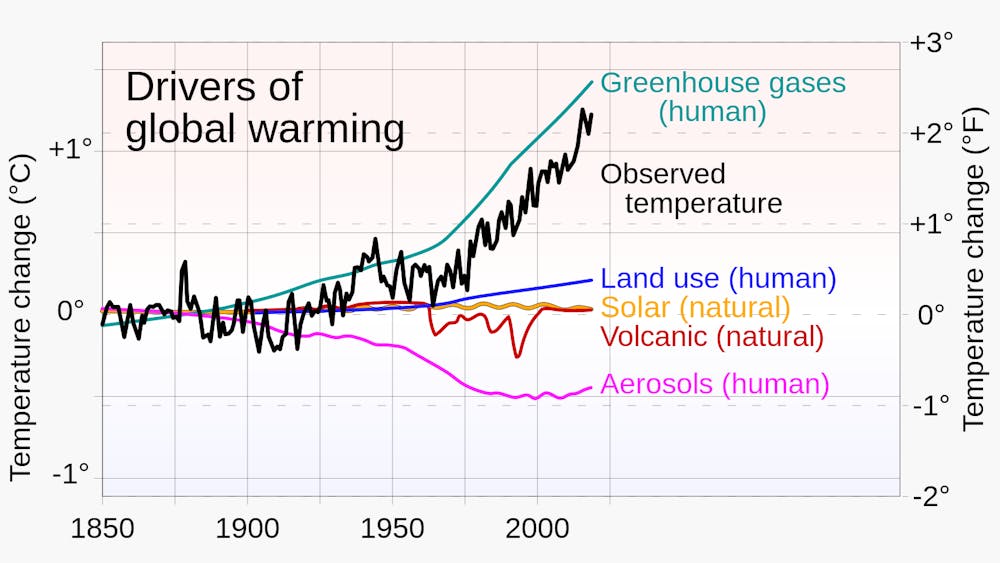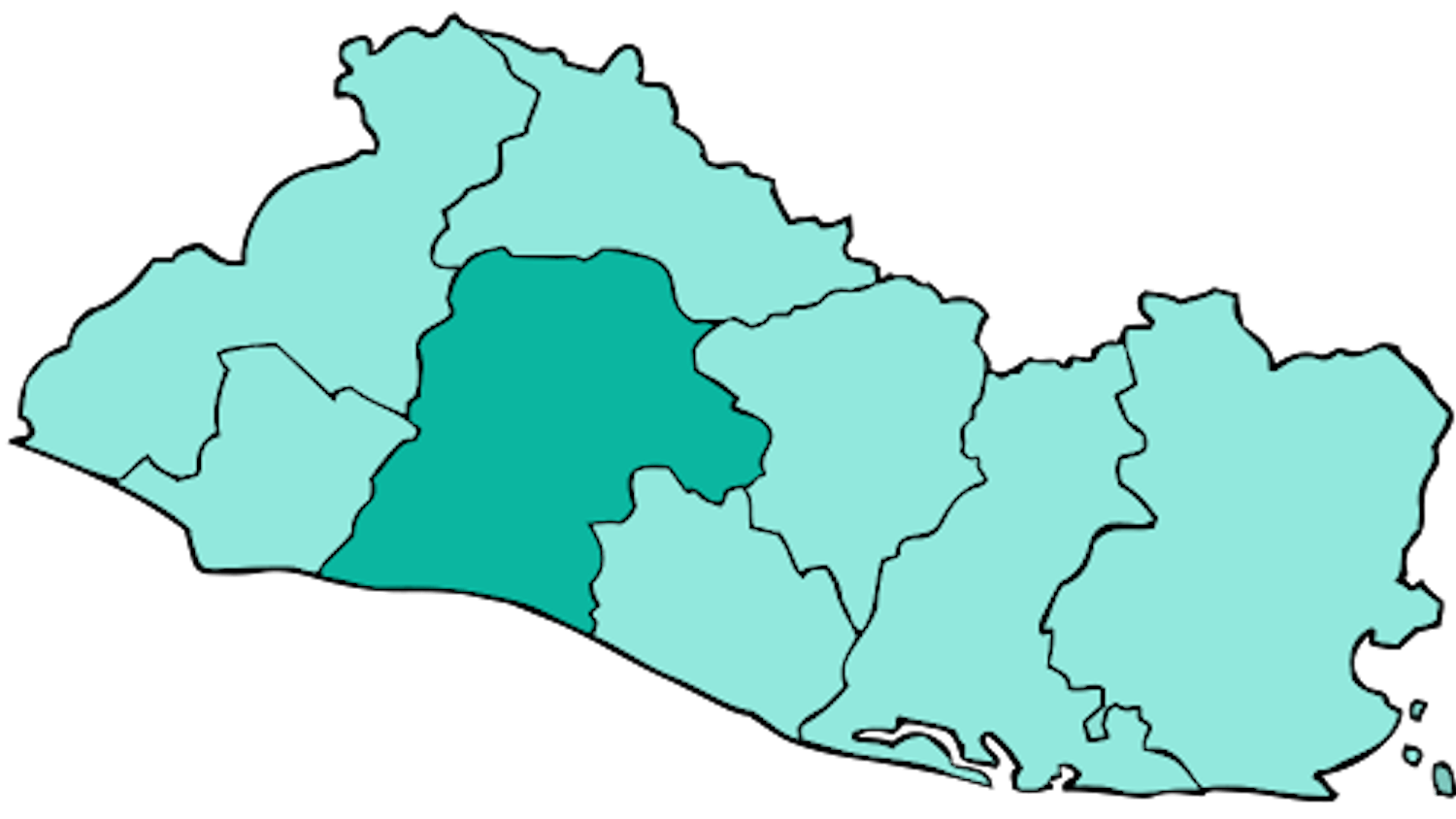By Nicole Trinkl
Staff Writer
The United States government released its Fifth National Climate Assessment (NCA5) on Nov. 14, which details how the U.S. is currently addressing and being impacted by the climate crisis. The report describes the current and future risks the nation faces, how global greenhouse gas emissions are leading to rising temperatures and what actions are needed to be taken to mitigate the future impacts of climate change.
The report met the requirements of The Global Change Research Act of 1990, which mandates that the United States Global Change Research Program (USGCRP) provide reports to Congress and the president detailing the most pressing issues of climate change around every four years. The USGCRP and its 14 member agencies contributed to the assessment along with nearly 500 authors and 250 contributors from every state and territory, including Guam, Puerto Rico and the U.S. Virgin Islands, according to the U.S. Global Change Research Program.
The Fifth National Climate Assessment outlined significant climate study topics from potential global carbon dioxide emission projections, what climate risks the U.S. faces, what inequalities different communities and regions are and might face due to the climate crisis, and what potential actions can be taken to mitigate and adapt to the impacts of climate change.
President Joe Biden announced the release of the climate report in a White House briefing Tuesday, where he explained the report’s significance and what actions his administration has been taking and plans to take to continue addressing the crisis.
“[NCA5 is] the most comprehensive assessment on [the] state [of] climate change in the history of America,” Biden said. “It shows that communities across America are taking more action than ever to reduce climate risks and warns that more action is still badly needed.”
Biden announced in the briefing that he would be contributing $6 billion in new investments from the Inflation Reduction Act and the Bipartisan Infrastructure Law in efforts to strengthen climate resilience across the country. According to a White House fact sheet, this new investment would go towards strengthening America’s electric grid infrastructure, reducing flood risk to communities, supporting conservation efforts and advancing environmental justice.
The assessment emphasized how across the U.S., climate action has also increased since 2018. Although, even with increased climate action, future projections of global carbon dioxide emission show that significantly more action is needed to get to net-zero CO2 emissions.
“While US greenhouse gas emissions are falling, the current rate of decline is not sufficient to meet national and international climate commitments and goals. US net greenhouse gas emissions remain substantial and would have to decline by more than 6% per year on average,” the study stated. “By comparison, US greenhouse gas emissions decreased by less than 1% per year on average between 2005 and 2019.”
The assessment also pointed to the extreme climate events that have occurred as a result of increased greenhouse gas emissions, which include: rising temperatures, rising sea levels, melting ice, ocean warming, acidification and changing rainfall patterns. The assessment emphasized the different impacts and risks climate change causes on different sectors and regions. Some communities are at increased risks of social and economic inequalities, according to the study, and these “overburdened communities” will be disproportionately impacted by climate events.
The study went on to describe some potential mitigation strategies and scenarios to decrease CO2 emissions and reach net-zero emissions, including increasing wind and solar energy usage, making transportation and heating systems use low carbon electricity/fuel sources like hydrogen, increasing public transportation use, improving urban planning and building designs to lower energy use and making food production, distribution and consumption more sustainable.
In the NCA5 Rollout, multiple contributors of the assessment, along with climate leaders, made their remarks and opinions of the assessment, among them being Allison Crimmins, American climate scientist and director of the National Climate Assessment in the U.S. since 2021.
“Americans don't need another report to tell them that climate change is real,” Crimmins said. “As more and more people face more and more severe climate impacts, people are taking action. Communities, businesses, state, local, and tribal governments are increasingly taking steps to reduce emissions and prepare for the future and they're not just talking about it, they're doing.”
Crimmins went on to list a couple of examples of cities, local communities, businesses and organizations fighting the climate crisis, including the city of Pittsburgh, which built a stormwater infrastructure that can withstand the impacts of storms, and the organization Soulardarity, which installed solar powered street lights that supply wireless internet across local communities in Michigan.
“The hundreds of experts that contributed to [NCA5] really work[ed] to ensure that this is not just a report written by scientists for other scientists,” Crimmins said. “This is a report that was informed by users, a report that people can see themselves in. It's a report that is useful and usable.”
As the United Nations Climate Change Conference, COP 28, nears, the question of whether nations will agree on how to lower global emissions will undoubtedly affect future generations and the health of our planet. The insights provided in NCA5 into how climate change is affecting the U.S. might point to ways nations can collectively work together to find global climate solutions.







